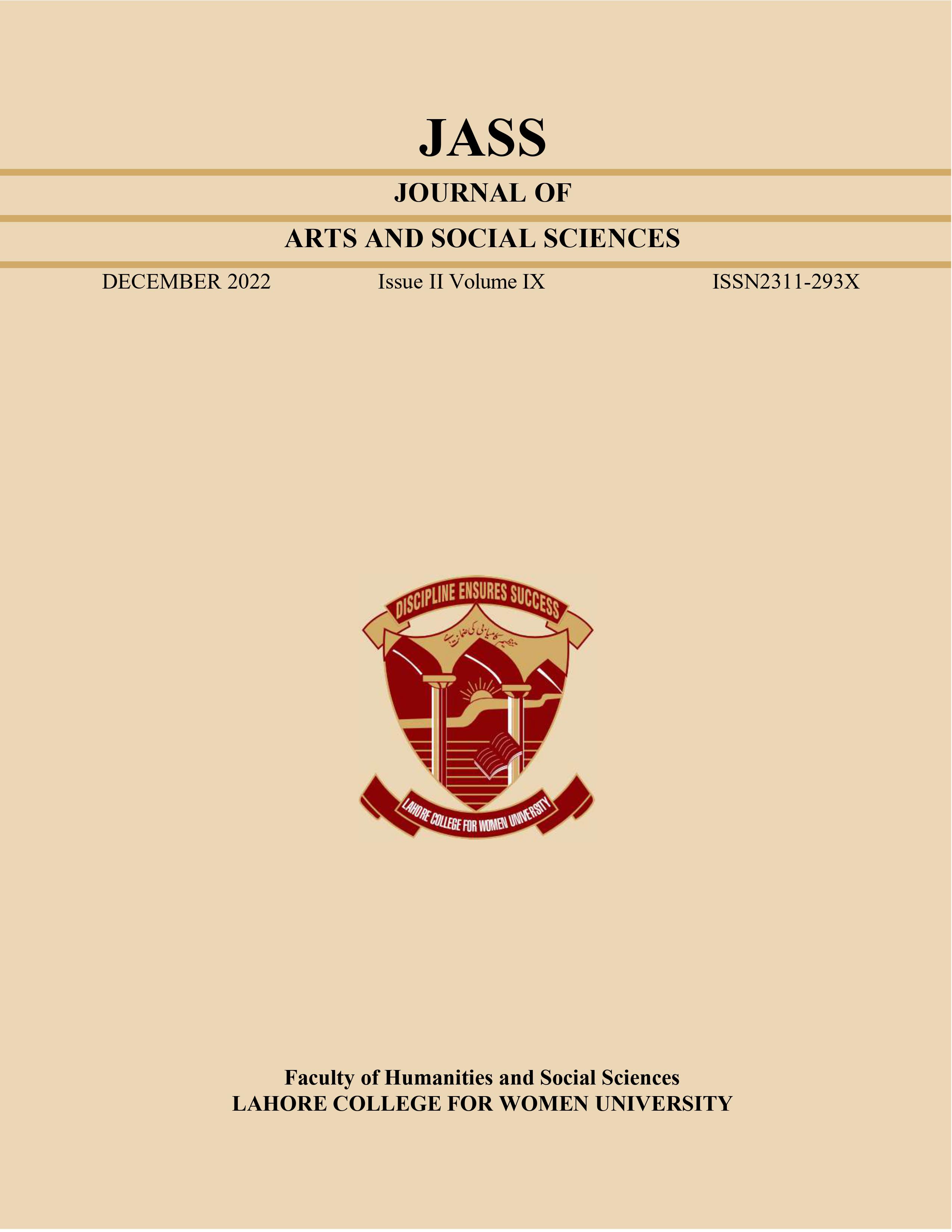EXAMINING THE ALIGNMENT OF SINGLE NATIONAL CURRICULUM OF WAKFIYAT-E-AMA TEXTBOOKS FOR GRADE 1-3 WITH MORAL VALUES AND SUSTAINABLE DEVELOPMENT GOALS
Abstract
This research aimed to analyze the extent to which Punjab's Wakfiyat-e-Ama text books for grades 1 to 3 incorporate sustainable development elements and promote moral values. The study employed a qualitative research design and content analysis as the research tool, which involved systematically categorizing and analyzing the textbook content based on predefined criteria. The study revealed that topics such as peace, diversity, excellent health and wellbeing, and a sustainable way of life were given priority, while other factors such as morality, political principles, energy conservation, environmental concerns, climate change, and access to clean water received less attention. The predominant themes in the Wakfiyat-e-Ama text books were honesty, mutual respect, compliance, toleration, empathetic freedom, and kind-heartedness. The study suggests that there should be a separate section at the end of each book with extracurricular moral activities to allow students to apply what they have learnt. Moreover, moral values and SDG chapters should be integrated into all subjects to expose students to these principles more extensively for their success in life. The content analysis method provided a structured approach to evaluate the textbook content and identify areas for improvement in promoting sustainable development and moral values.






